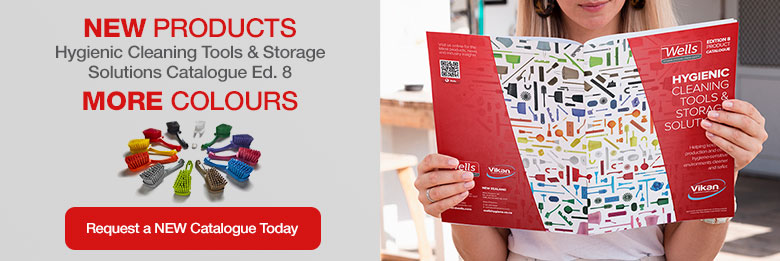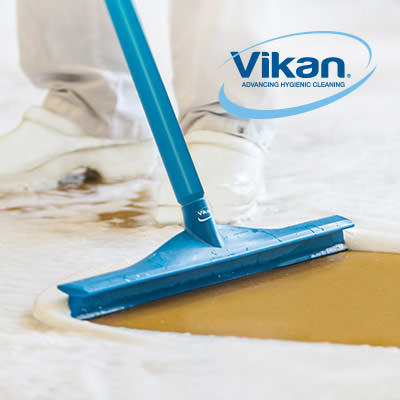
Vikan Cleaning & Hygiene Equipment
All of Vikan’s food-industry specific ‘high hygiene’ tools are made of FDA compliant materials and can be washed at high temperatures to eliminate germs and bacteria. All equipment is durable, ergonomic and fully moulded to guarantee easy cleaning.
-
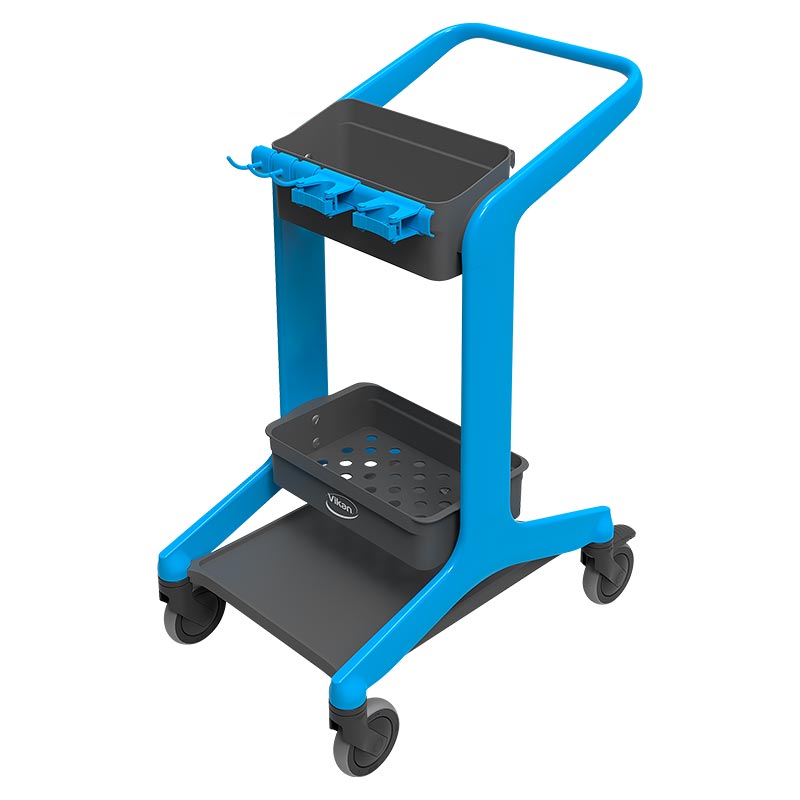
Vikan Mobile Cleaning Station (1)
-
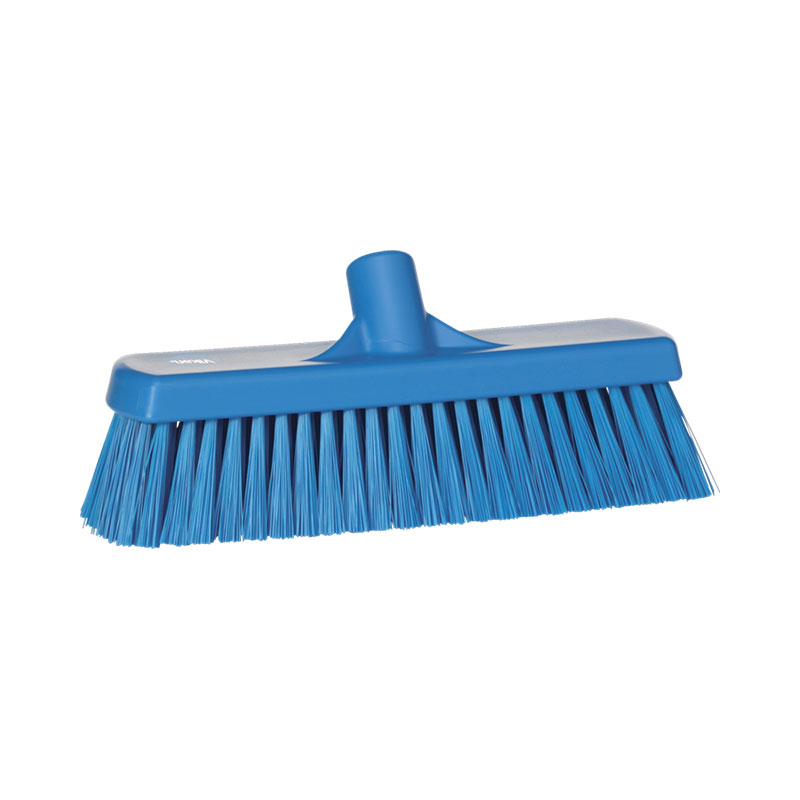
Vikan Brooms (16)
-
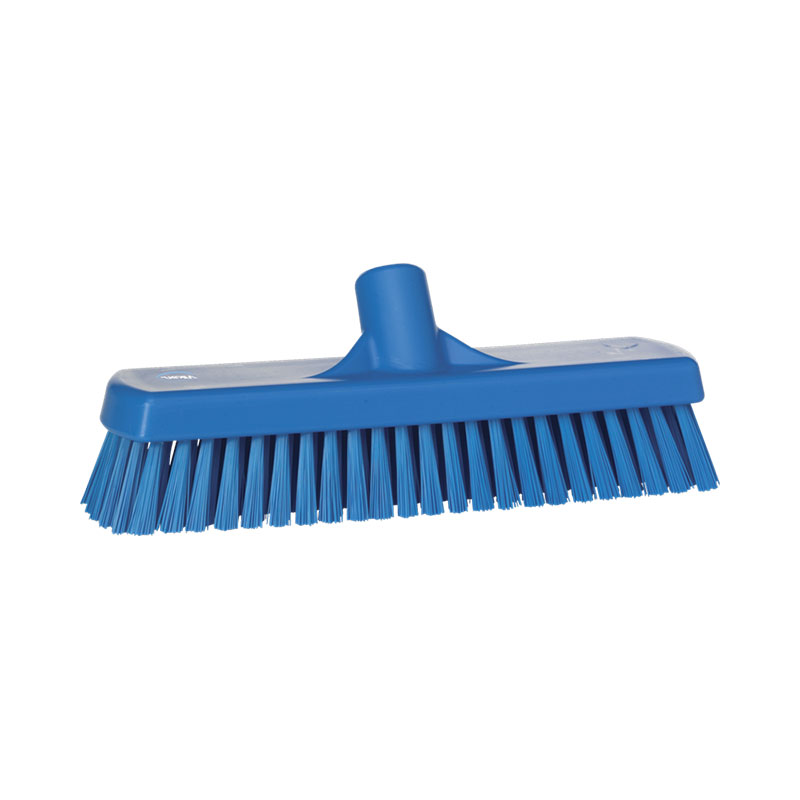
Vikan Floor Scrubs (12)
-
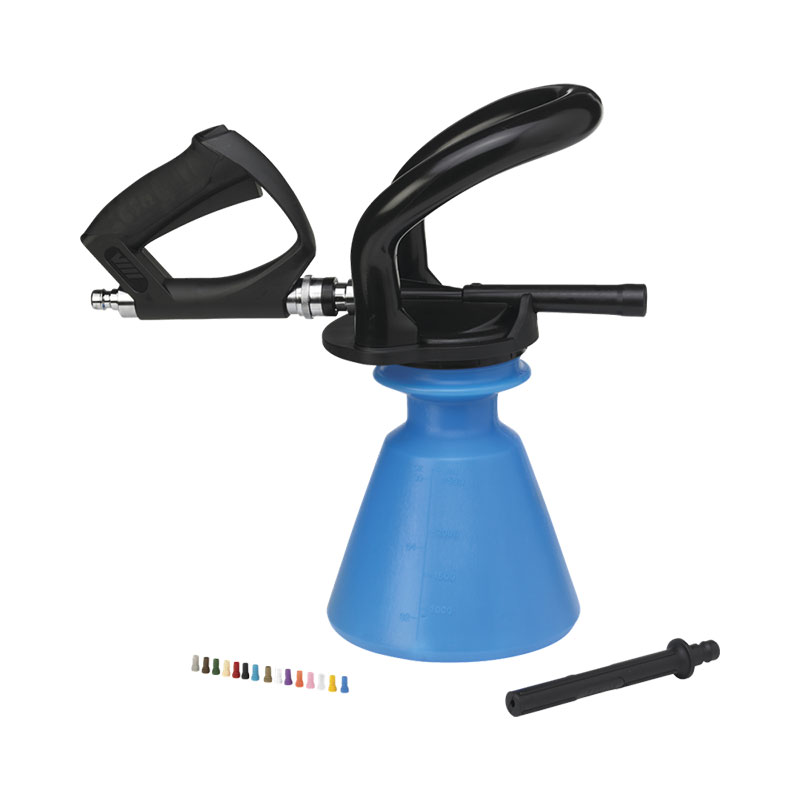
Vikan Sprayers & Accessories (7)
-

Vikan Colour Coded Brushes (73)
-
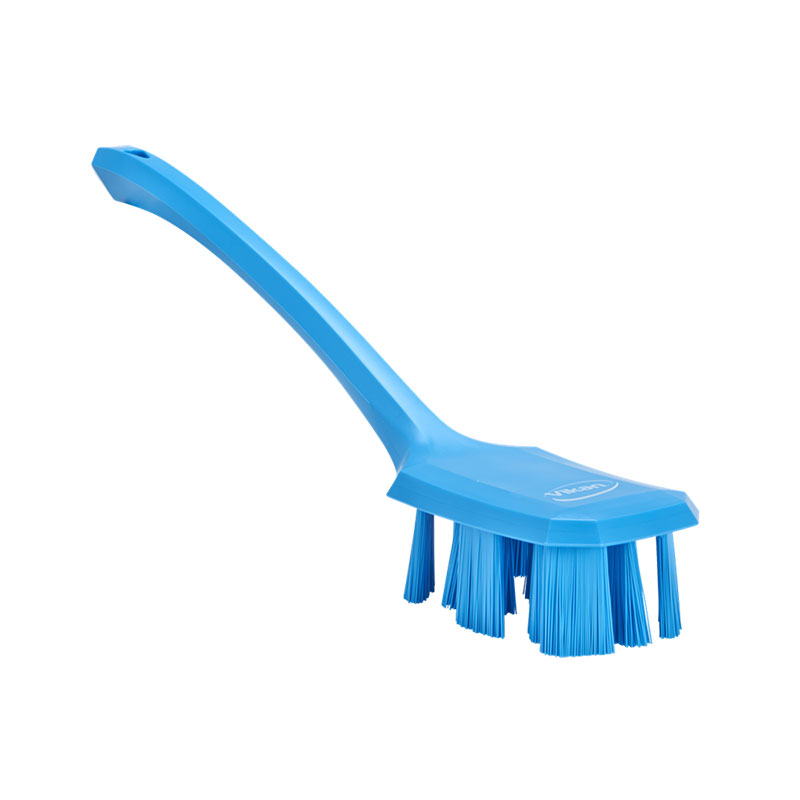
Vikan Ultra Safe Technology Brushware (UST) (11)
-
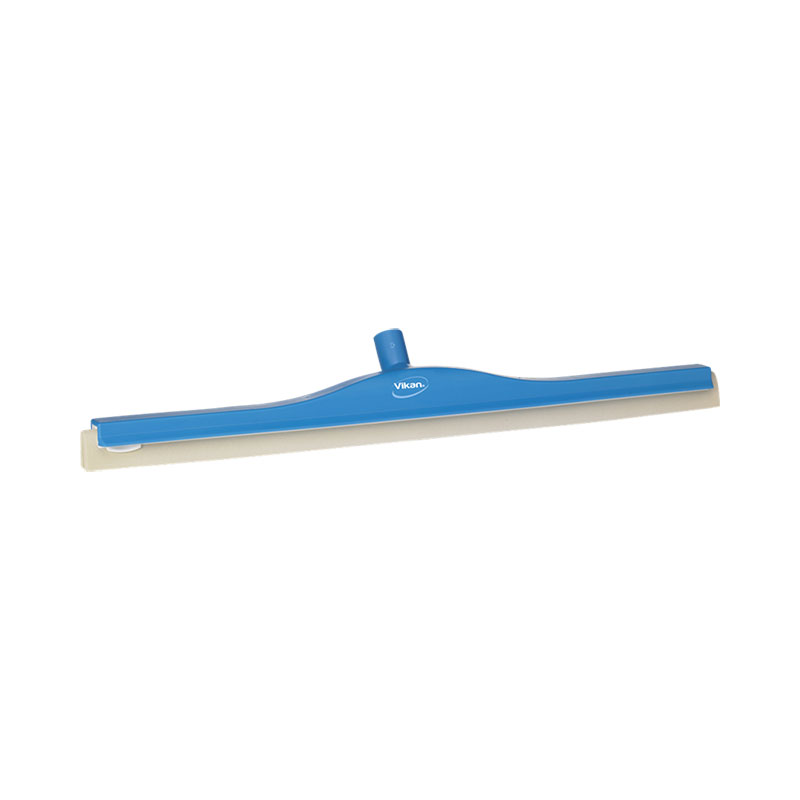
Vikan Squeegees (33)
-
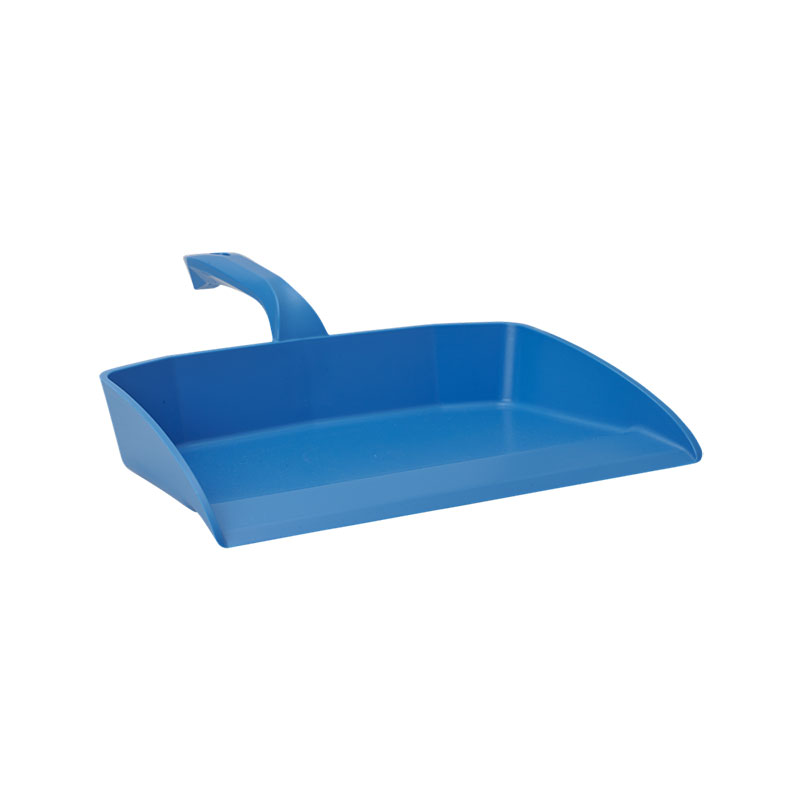
Vikan Dustpan (8)
-
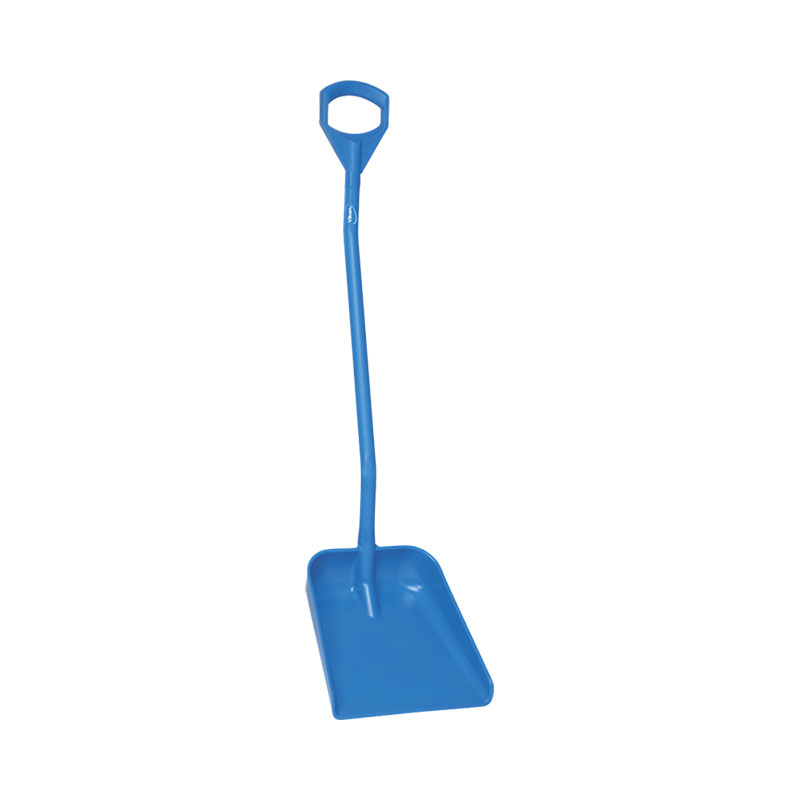
Vikan Shovels, Rakes & Forks (13)
-
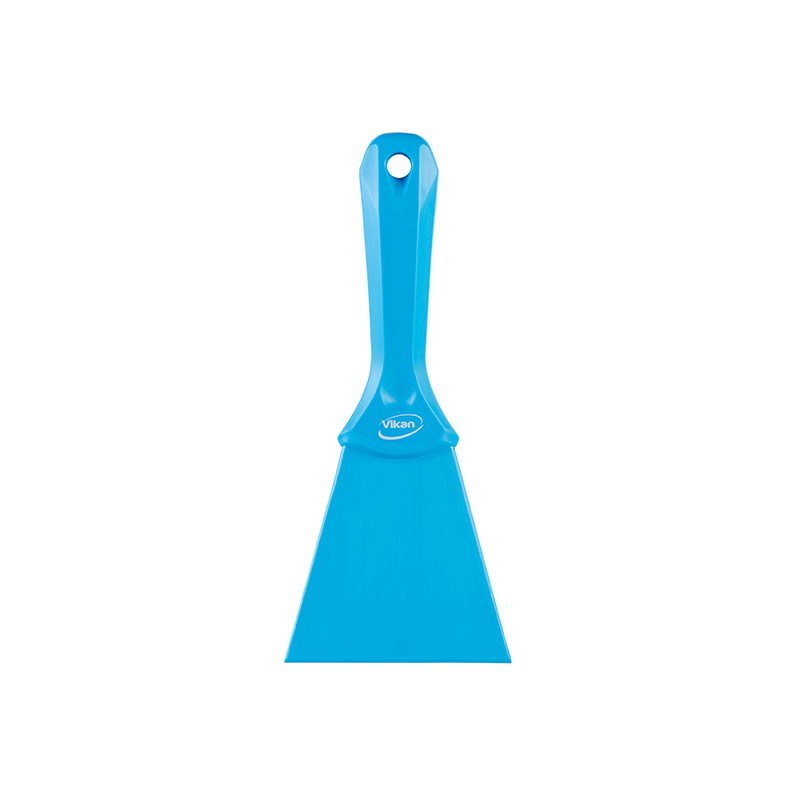
Vikan Scrapers (18)
-
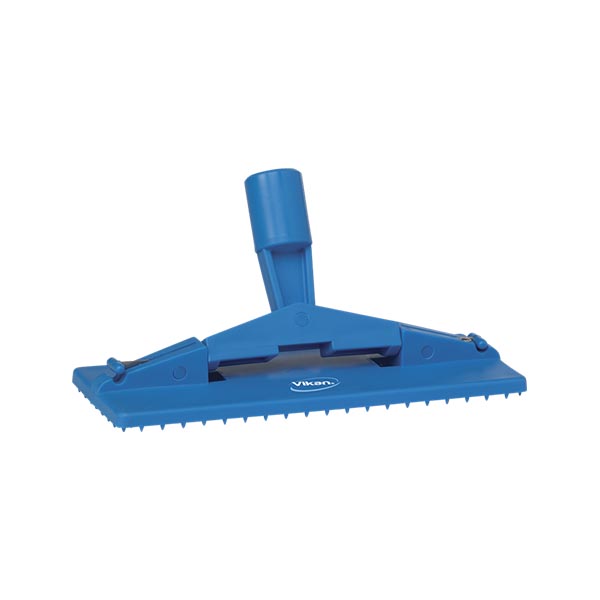
Vikan Scourer Pads & Holders (8)
-
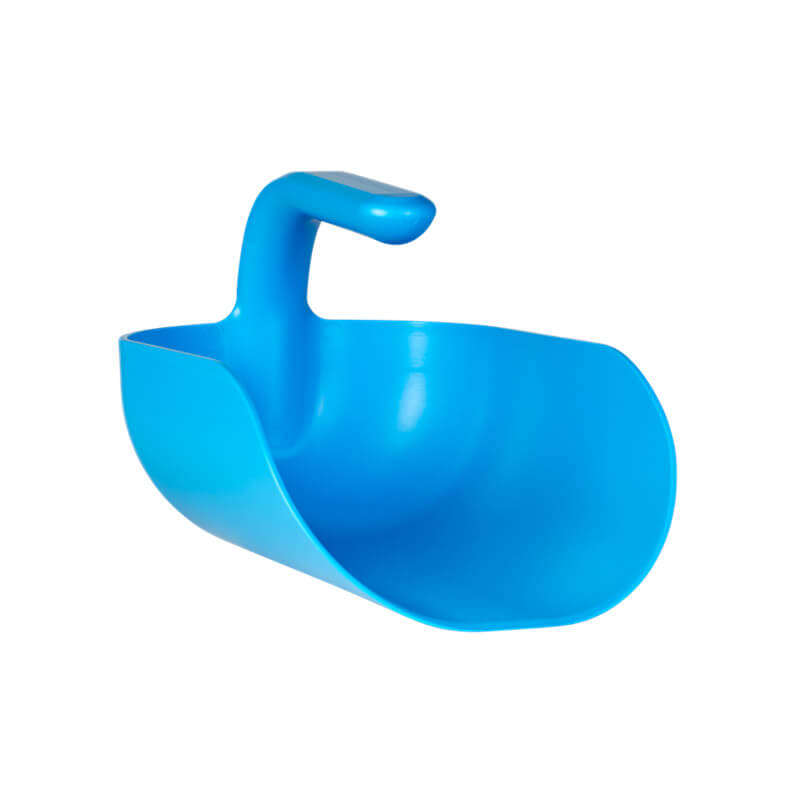
Vikan Hand Scoops (12)
-
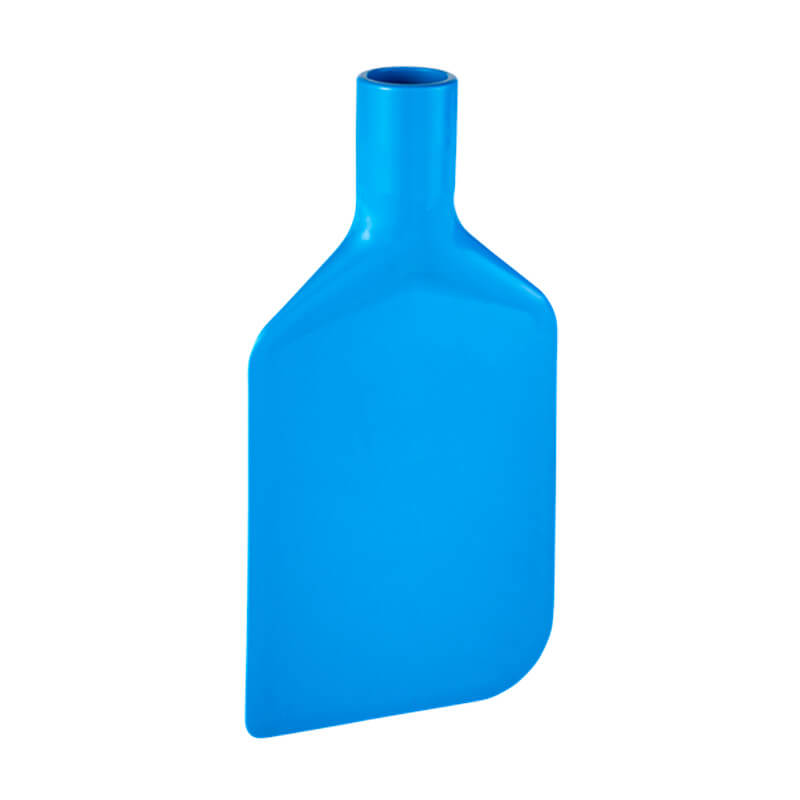
Vikan Paddles (7)
-
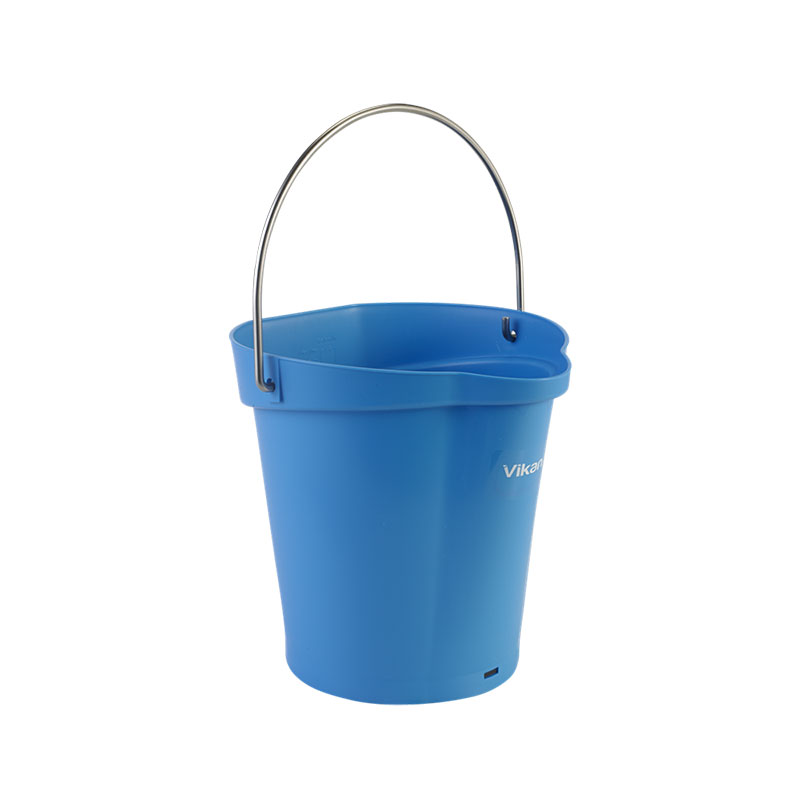
Vikan Buckets (9)
-

Vikan Handles (33)
-
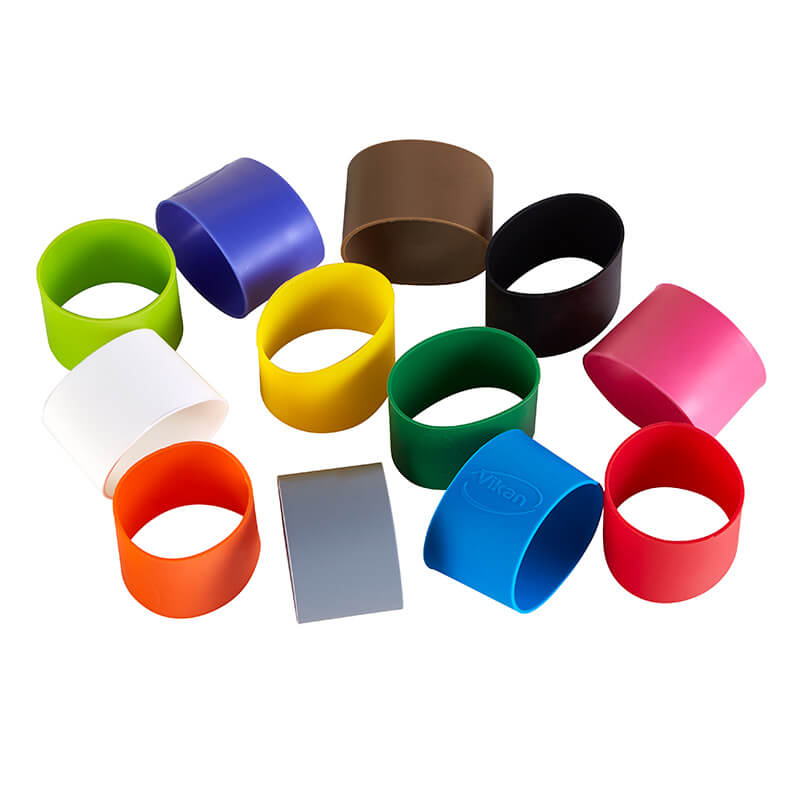
Vikan Secondary Colour Coding (2)
Vikan Hygiene System®
Vikan and Wells were the first to introduce colour coded hygiene and food handling equipment to the Australian
& NZ food manufacturing and processing industry. Vikan Hygiene System® is one of the most comprehensive systems in the world created for manual cleaning and food handling.
All of Vikan’s food-industry specific ‘high hygiene’ tools are made of EU approved and FDA compliant materials and can be washed at high temperatures to eliminate germs and bacteria. All equipment is durable, ergonomic
and fully moulded to guarantee easy cleaning and is available in up to eleven colours.

Colour Coded Cleaning Zones
Good cleaning routines are very important to ensure good hygiene – in fact cleaning is always a critical control point in all Self Monitoring/HACCP systems.
The primary purpose of colour coding is to help prevent cross contamination. Cross contamination can occur as a result of physical factors, chemical, microbes and allergens, amongst many others. Most Vikan products are available in up to 12 colours to enable your cross contamination management program.
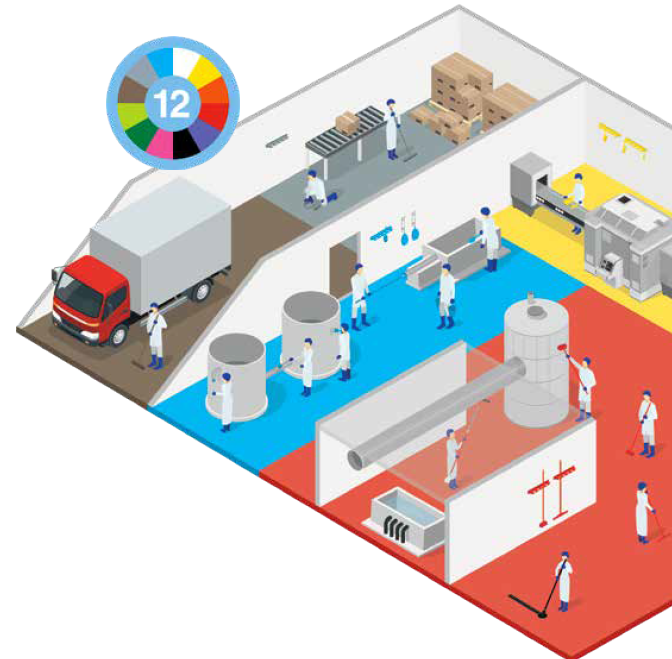

How it works
Colour-coded segregation helps minimise the risk of product cross-contamination from microbes and food residues, including allergens, chemicals and foreign bodies. It works by assigning cleaning tools a specific colour for use in specific areas and/or for specific tasks.
For example, red tools can be used in high-risk areas, and yellow ones in low-risk areas. Blue tools could be used to clean surfaces that come in contact with food, while green ones could be used for cleaning floors. This makes it easy to identify whether tools are in the wrong area, or are being used for the wrong task.

